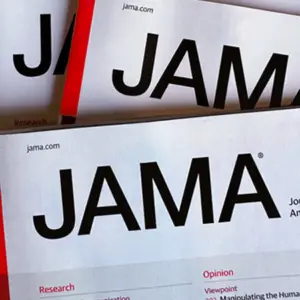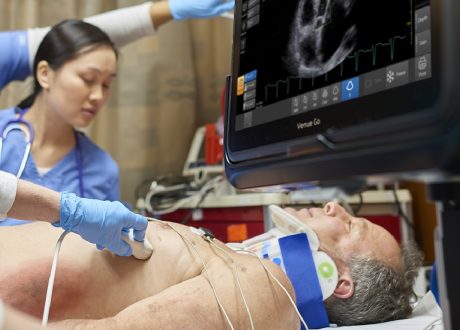 Michelle M. J. Nassal, MD, PhD;AndoniElola,PhD;Elisabete Aramendi,PhD;XabierJaureguibeitia, PhD; Jonathan R. Powell, MPA;AhamedIdris,MD; BanuPriyaRayaKrishnamoorthy,BS;MohamudR.Daya,MD;TomP.Aufderheide,MD;JestinN.Carlson,MD;ShannonW.Stephens,CCEMT-P; Ashish R. Panchal, MD,PhD;HenryE.Wang,MD
Michelle M. J. Nassal, MD, PhD;AndoniElola,PhD;Elisabete Aramendi,PhD;XabierJaureguibeitia, PhD; Jonathan R. Powell, MPA;AhamedIdris,MD; BanuPriyaRayaKrishnamoorthy,BS;MohamudR.Daya,MD;TomP.Aufderheide,MD;JestinN.Carlson,MD;ShannonW.Stephens,CCEMT-P; Ashish R. Panchal, MD,PhD;HenryE.Wang,MD
Abstract    
Importance: While widely measured, the time-varying association between exhaled end-tidal carbon dioxide (EtCO2) and out-of-hospital cardiac arrest (OHCA) outcomes is unclear.
Objective: To evaluate temporal associations between EtCO2 and return of spontaneous circulation (ROSC) in the Pragmatic Airway Resuscitation Trial (PART).
Design, setting, and participants:¬†This study was a secondary analysis of a cluster randomized trial performed at multicenter emergency medical services agencies from the Resuscitation Outcomes Consortium. PART enrolled 3004 adults (aged вЙ•18 years) with nontraumatic OHCA from December 1, 2015, to November 4, 2017. EtCO2 was available in 1172 cases for this analysis performed in June 2023.
Interventions: PART evaluated the effect of laryngeal tube vs endotracheal intubation on 72-hour survival. Emergency medical services agencies collected continuous EtCO2 recordings using standard monitors, and this secondary analysis identified maximal EtCO2 values per ventilation and determined mean EtCO2 in 1-minute epochs using previously validated automated signal processing. All advanced airway cases with greater than 50% interpretable EtCO2 signal were included, and the slope of EtCO2 change over resuscitation was calculated.
Main outcomes and measures: The primary outcome was ROSC determined by prehospital or emergency department palpable pulses. EtCO2 values were compared at discrete time points using Mann-Whitney test, and temporal trends in EtCO2 were compared using Cochran-Armitage test of trend. Multivariable logistic regression was performed, adjusting for Utstein criteria and EtCO2 slope.
Results: Among 1113 patients included in the study, 694 (62.4%) were male; 285 (25.6%) were Black or African American, 592 (53.2%) were White, and 236 (21.2%) were another race; and the median (IQR) age was 64 (52-75) years. Cardiac arrest was most commonly unwitnessed (n = 579 [52.0%]), nonshockable (n = 941 [84.6%]), and nonpublic (n = 999 [89.8%]). There were 198 patients (17.8%) with ROSC and 915 (82.2%) without ROSC. Median EtCO2 values between ROSC and non-ROSC cases were significantly different at 10 minutes (39.8 [IQR, 27.1-56.4] mm Hg vs 26.1 [IQR, 14.9-39.0] mm Hg; P < .001) and 5 minutes (43.0 [IQR, 28.1-55.8] mm Hg vs 25.0 [IQR, 13.3-37.4] mm Hg; P < .001) prior to end of resuscitation. In ROSC cases, median EtCO2 increased from 30.5 (IQR, 22.4-54.2) mm HG to 43.0 (IQR, 28.1-55.8) mm Hg (P for trend < .001). In non-ROSC cases, EtCO2 declined from 30.8 (IQR, 18.2-43.8) mm Hg to 22.5 (IQR, 12.8-35.4) mm Hg (P for trend < .001). Using adjusted multivariable logistic regression with slope of EtCO2, the temporal change in EtCO2 was associated with ROSC (odds ratio, 1.45 [95% CI, 1.31-1.61]).
Conclusions and relevance: In this secondary analysis of the PART trial, temporal increases in EtCO2 were associated with increased odds of ROSC. These results suggest value in leveraging continuous waveform capnography during OHCA resuscitation.









